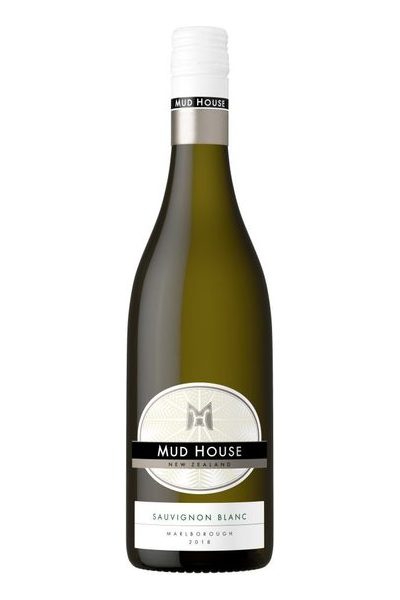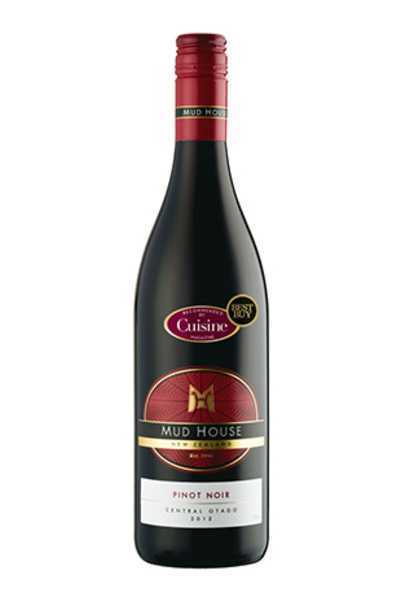Add Brand
Sign In
Close

Mud House
Are you the owner of this company?
Start your listing today – for free.
Register and add your brand description.
Country:
 New Zealand
New Zealand
 New Zealand
New Zealand

